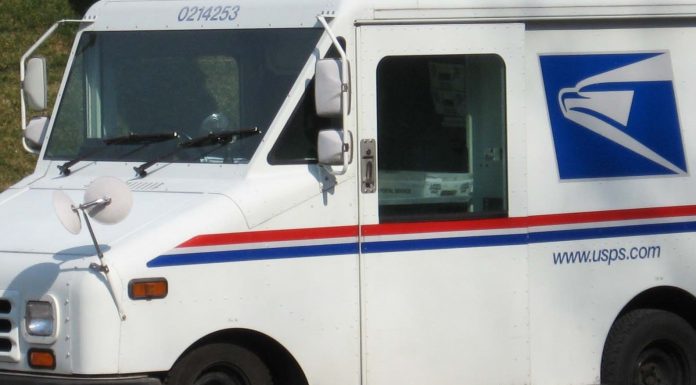(James Bovard, AIER) Democrats and much of the media are screaming bloody murder over President Trump’s latest Postal Service reforms. Trump recently approved an extra $10 billion in federal credit for the floundering mail service. But because he is balking at $25 billion in additional funding, he is guilty of “the weaponization of the U.S. Postal Service for the president’s electoral purposes,” according to the Leadership Conference on Civil Rights. Former President Barack Obama accused Trump of “undermining the Postal Service” to attack voting rights.
The Postal Service is hemorrhaging red ink and Trump’s appointee as Postmaster General, Louis DeJoy, recently curtailed paying overtime for mail delivery. This is slowing some deliveries which some news reports are portraying as an unprecedented outrage. A Washington Post article condemned the Trump administration for seeking “to disrupt a constitutionally mandated government service during the coronavirus pandemic.”
Actually, the Postal Service has been intentionally disrupting its own service since at least the Nixon era. At a high-level meeting in 1969, postal management decided “to no longer strive for overnight mail delivery and to keep this a secret from Congress and the public,” the Washington Post reported in 1974. Management also considered cutting costs by educating Americans not to expect prompt service, according to the Post.
Back in 1764, colonial Postmaster General Benjamin Franklin proclaimed a goal of two-day mail delivery between New York and Philadelphia. In 1989, the Postal Service ratcheted down its goals, labeling as a success two-day delivery from New York City to nextdoor Westchester County, N.Y. Under the new standards, the target for overnight first-class delivery was reduced from a 100-to-150-mile radius to often less than 50 miles…
In 1993, the Postal Service created a task force to examine how it could profit by further reducing standards, shifting far more overnight mail into two-day delivery. That resulted in a trial mail slowdown in Florida with the Orwellian name, “Delivery First.” That moniker didn’t mean delivering the mail would become the highest priority, but that postal carriers’ daily schedule was reversed. Carriers hit the streets first and sorted mail afterwards, adding at least a day to delivery times.
Beginning in 2000, the Postal Service quietly slashed delivery targets in much of the nation for first-class mail going beyond local areas. A 2006 Postal Regulatory Commission report found that the Postal Service scorned federal law requiring the “highest consideration” to speedy mail delivery. Instead, “administrative convenience resulted in mapping coverage of the two-day standard exclusively in terms of surface transportation.” The commission found that “postal patrons in several Western states, including California, experienced far more service downgrades than those in other parts of the country.”
In 2015, the Postal Service effectively eliminated overnight mail delivery even for local mail in much of the nation. With revised standards, “mail was considered on time if it took four to five days to arrive instead of three,” the Washington Post noted…
Postal management claimed that its 2015 planned mail slowdown would save almost a billion dollars but the agency realized barely 10% of the expected savings. Congress moaned, groaned, and shrugged – and permitted the Postal Service to continue borrowing federal funds to cover its $50+ billion in losses in prior years.
The Postal Service has gotten away with scorning its customers because it is effectively a federal crime to provide better mail service than the government. The Postal Service has a monopoly over letter delivery (with a limited exemption for urgent, courier-delivered letters costing more than $3). The monopoly, which dates back to the 1840s, has become more indefensible with each passing decade. After a half-century of service cutbacks, why continue nationalizing the transport of small envelopes? Ending the postal monopoly could spur the same explosion in options for letter delivery that Uber and Lyft have created for transit.
But the monopoly will not be the decisive issue in the coming debacles. Even if Trump approved $100 billion for the Postal Service, the deluge of mailed ballots in November will be perhaps the greatest election fiasco in American history.



